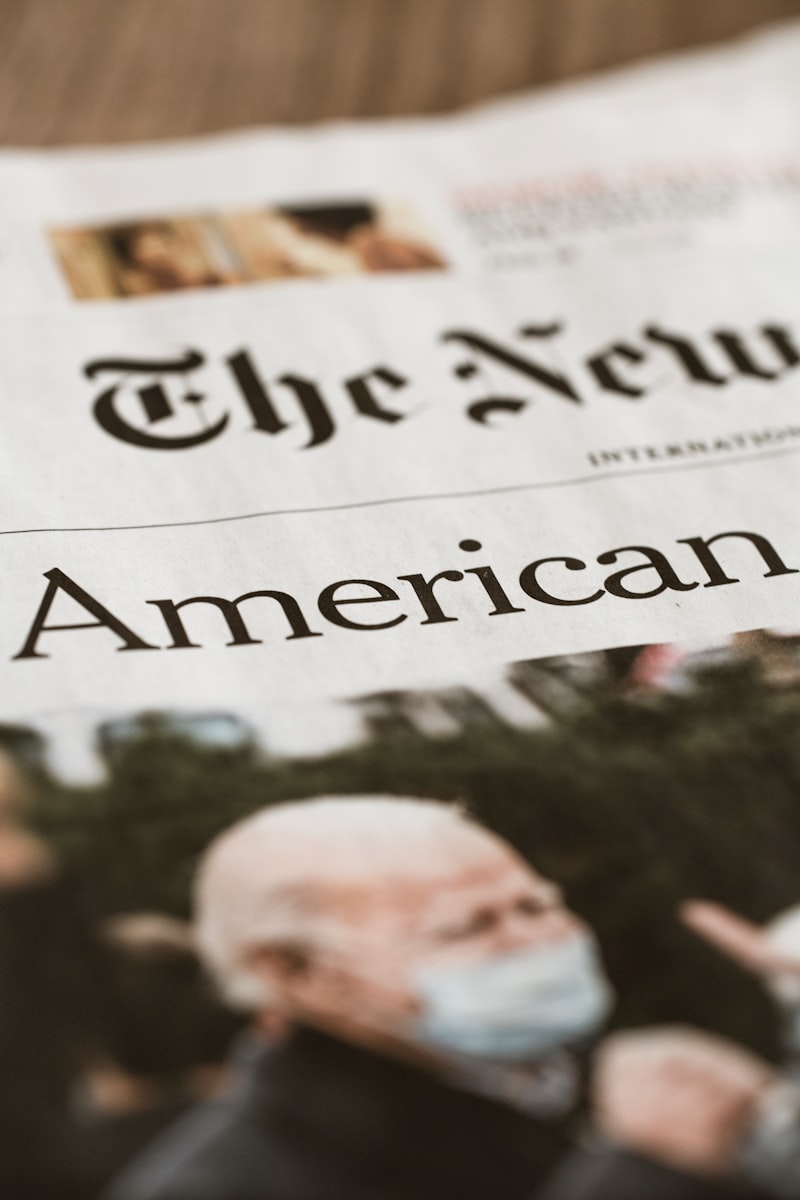One of the prominent figures of the American Renaissance was Ralph Waldo Emerson, a transcendentalist philosopher and essayist whose writings on self-reliance and individualism profoundly influenced the movement. Emerson’s essays, such as “Self-Reliance” and “Nature,” encouraged readers to trust their own instincts and embrace the beauty of the natural world, themes that resonated deeply during this period of intellectual and spiritual exploration.
Nathaniel Hawthorne, another key figure of the American Renaissance, gained recognition for his dark romanticism and exploration of themes such as guilt, sin, and redemption. His novel “The Scarlet Letter,” set in 17th-century Puritan Massachusetts, delves into the consequences of adultery and the complexities of human nature, reflecting both the moral dilemmas of his time and timeless existential questions.
Meanwhile, Herman Melville, celebrated for his epic novel “Moby-Dick,” explored themes of obsession, fate, and the struggle between good and evil against the backdrop of the whaling industry. Melville’s dense prose and philosophical undertones challenged readers to contemplate the depths of human experience and the mysteries of the universe.
In the realm of poetry, Walt Whitman emerged as a towering figure with his groundbreaking collection “Leaves of Grass.” Whitman’s free verse and celebration of democracy, individualism, and the human body broke away from traditional poetic forms, marking a bold departure that would influence generations of poets to come.
The American Renaissance wasn’t limited to literature alone; it also witnessed the flourishing of visual arts, with painters like Thomas Cole and Frederic Edwin Church of the Hudson River School capturing the majesty of the American landscape in their panoramic landscapes, inspiring a sense of national identity and pride.
Exploring the Literary Giants of the American Renaissance: Who Shaped the Era?
One of the prominent figures of the American Renaissance was Ralph Waldo Emerson, whose essays and lectures profoundly influenced the intellectual currents of his time. Emerson’s transcendentalist philosophy emphasized individualism, intuition, and the connection between humans and nature. His works, such as “Self-Reliance” and “Nature,” challenged societal norms and encouraged people to trust their own instincts.
Another key figure was Henry David Thoreau, a close associate of Emerson and a staunch advocate of simple living and environmental stewardship. Thoreau’s masterpiece, “Walden,” is a reflection on his experiment in living close to nature at Walden Pond. His writings on civil disobedience also inspired later movements for social and political change.
Nathaniel Hawthorne, renowned for his novels such as “The Scarlet Letter,” explored themes of sin, guilt, and redemption in Puritan New England. His keen psychological insights and moral dilemmas depicted in his works reflected the complexities of human nature and society.
Meanwhile, Herman Melville delved into philosophical and existential inquiries through his masterpiece, “Moby-Dick.” This epic novel about Captain Ahab’s obsessive quest for the white whale is both an adventure tale and a profound allegory about humanity’s struggle with the unknown and the uncontrollable forces of the universe.
Emily Dickinson, though largely unpublished during her lifetime, is now celebrated as one of America’s greatest poets. Her unconventional style and poignant exploration of themes such as death, love, and nature continue to captivate readers worldwide.
Unveiling the Artistic Visionaries of the American Renaissance Era
One of the prominent figures of this era was Ralph Waldo Emerson, whose transcendentalist philosophy breathed new life into American literature. Emerson’s essays, such as “Self-Reliance” and “Nature,” urged individuals to explore their own intuition and embrace the beauty of the natural world. His writings sparked a movement that encouraged independence of thought and the pursuit of personal truth.
Another luminary of the American Renaissance was Nathaniel Hawthorne, celebrated for his exploration of guilt, sin, and redemption in works like “The Scarlet Letter.” Through his allegorical tales set in Puritan New England, Hawthorne delved deep into the human psyche, challenging societal norms and moral dilemmas. His intricate narratives painted a vivid picture of the complexities of human nature, resonating with readers then and now.
Meanwhile, Herman Melville embarked on a literary journey that would redefine American fiction. His masterpiece, “Moby-Dick,” epitomized the depth of his narrative prowess and philosophical inquiry. Melville’s exploration of obsession, fate, and the struggle between good and evil remains a cornerstone of American literature, a testament to his daring creativity and narrative innovation.
The American Renaissance era wasn’t just about literature—it also saw the rise of iconic painters like Thomas Cole, founder of the Hudson River School. Cole’s landscapes, such as “The Oxbow,” captured the awe-inspiring beauty of the American wilderness, reflecting the nation’s growing sense of identity and manifest destiny.
In essence, the American Renaissance era was a crucible of creativity, where visionaries like Emerson, Hawthorne, Melville, and Cole forged new paths and redefined artistic expression. Their works continue to inspire and provoke thought, reminding us of the enduring power of art to illuminate the human experience.
From Emerson to Whitman: Key Figures of the American Renaissance Movement
Ralph Waldo Emerson, often regarded as the father of Transcendentalism, infused his writings with profound philosophical insights. His essay “Nature” challenged conventional ideas about humanity’s relationship with the natural world, advocating for spiritual discovery through communion with nature. Emerson’s works encouraged individuals to trust their intuition and embrace self-reliance, themes that resonated deeply during the Renaissance.
Walt Whitman, on the other hand, revolutionized poetry with his epic collection “Leaves of Grass.” Unlike the structured verse of his time, Whitman’s poetry celebrated the diversity and vitality of American life. His free verse style and unabashed celebration of democracy, individualism, and the human body marked a departure from traditional poetic forms. Whitman’s “Song of Myself” remains a testament to his belief in the inherent goodness and potential of humanity.

Together, Emerson and Whitman embodied the spirit of intellectual freedom and artistic experimentation that defined the American Renaissance. Their writings not only reflected the cultural and societal changes of their time but also influenced future generations of writers and thinkers.
Emerson’s transcendentalist philosophy encouraged Americans to seek truth within themselves and nature, fostering a sense of individualism and spiritual exploration. Whitman, through his poetry, captured the essence of a nation in flux, celebrating the diversity and vitality that defined the American experience.
Rediscovering the Poetry of Emily Dickinson: A Voice of the American Renaissance
Emily Dickinson, often hailed as one of America’s most enigmatic poets, continues to captivate readers with her profound insights and lyrical prowess. Born in 1830 in Amherst, Massachusetts, Dickinson’s poetic journey unfolded against the backdrop of the American Renaissance, a period marked by intellectual and literary fervor.
Her poetry, characterized by its unconventional punctuation, compact verses, and keen observations on life, death, nature, and the human soul, defied the conventions of her time. Dickinson’s verses, often introspective and deeply philosophical, delve into themes that resonate universally across generations. Her unique style, where brevity and depth intertwine, has left an indelible mark on American literature.
At the heart of Dickinson’s poetic allure lies her ability to encapsulate complex emotions and profound truths in seemingly simple verses. Her poems are like windows into the human experience, offering readers a glimpse into the inner workings of the soul. Through her use of vivid imagery and metaphorical language, Dickinson invites readers to ponder life’s mysteries and confront existential questions.
Despite her reluctance to seek publication during her lifetime, Dickinson’s poetry gained recognition posthumously, revealing a treasure trove of over 1,800 poems meticulously preserved in handwritten manuscripts. Each poem is a testament to Dickinson’s keen intellect and sensitivity, capturing moments of epiphany and the sublime in everyday life.
In the context of the American Renaissance, a period marked by a surge in literary and artistic expression, Dickinson’s voice emerges as a beacon of individuality and artistic integrity. Her refusal to conform to poetic norms of the time speaks to her pioneering spirit and uncompromising dedication to her craft.
Today, Emily Dickinson’s poetry continues to resonate with readers worldwide, transcending temporal and cultural boundaries. Her legacy as a poet of immense depth and originality endures, inviting readers to rediscover the profound beauty and timeless relevance of her words.
Hawthorne’s Dark Romanticism: Influence on the American Renaissance
Hawthorne’s tales are imbued with themes of sin, guilt, and the complexities of the human psyche. His masterpiece, “The Scarlet Letter,” epitomizes his exploration of these themes, portraying the struggles of Hester Prynne against the rigid moral laws of Puritan society. Through his characters and their moral dilemmas, Hawthorne painted a vivid picture of the psychological and emotional turmoil that often accompanies the pursuit of individual freedom in a repressive society.
Moreover, Hawthorne’s writing style itself reflects the tenets of Dark Romanticism. He employed rich symbolism and allegory to convey deeper meanings, inviting readers to ponder the hidden truths beneath the surface of his narratives. His settings, often dark and atmospheric, mirrored the inner conflicts of his characters, creating a haunting backdrop against which their moral struggles unfolded.
Critically acclaimed for his exploration of the human condition, Hawthorne influenced a generation of writers during the American Renaissance. His ability to blend psychological depth with social critique resonated deeply with readers seeking to understand the complexities of the human experience. As a result, his works continue to be studied and appreciated for their enduring relevance and literary merit, cementing his legacy as a cornerstone of American literature.
Nathaniel Hawthorne’s contributions to Dark Romanticism profoundly shaped the American Renaissance, leaving an indelible mark on literature that continues to captivate and provoke thought today.
Frequently Asked Questions
Which artists were influential during the American Renaissance
Discover influential artists of the American Renaissance period, a pivotal era in American art history marked by luminaries such as Thomas Cole, Frederic Edwin Church, and Winslow Homer. Explore their profound impact on shaping the nation’s artistic identity through their masterpieces in landscape painting, portraiture, and genre scenes.
What are the main differences between the American Renaissance and other literary periods
Explore the key distinctions between the American Renaissance and other literary periods in this concise FAQ. Learn how this pivotal era in American literature differed in themes, styles, and cultural influences compared to earlier and later literary movements.
Who were the key writers of the American Renaissance
Discover the key writers of the American Renaissance, a literary movement in the mid-19th century. Learn about influential figures such as Ralph Waldo Emerson, Nathaniel Hawthorne, Herman Melville, and Walt Whitman, whose works shaped American literature during this period of cultural and intellectual fervor.
What literary themes characterized the American Renaissance
Explore the defining literary themes of the American Renaissance, a period marked by a profound exploration of American identity and values. Themes include individualism, transcendentalism, nature as a source of inspiration, and the quest for spiritual and moral truth. Authors of this era sought to establish a uniquely American literary tradition, influencing future generations of writers.
How did the American Renaissance influence literature and art
Learn how the American Renaissance transformed literature and art through a revival of American identity and cultural expression. Discover its impact on shaping new literary forms and inspiring artistic innovation during the mid-19th century.



